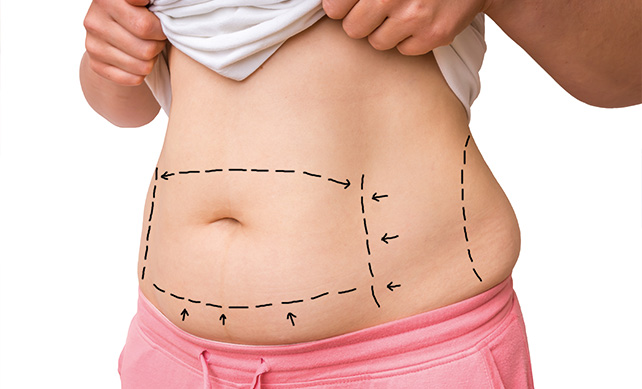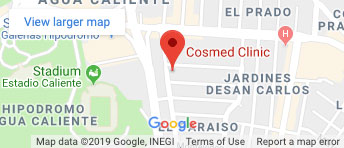The difference between a mini tummy tuck, and extended tummy tuck and a regular tummy tuck
A tummy tuck, medically known as abdominoplasty, is a surgical procedure that aims to remove excess skin and fat from the abdomen and tighten the underlying muscles to create a smoother, firmer abdominal profile. This transformative procedure caters to those looking to refine their contours following significant weight loss, pregnancy, or aging.
As stated by The Cleveland Clinic, a tummy tuck can address a protruding stomach or loose or sagging skin. You might consider this procedure if your body underwent changes, like after:
- Significant weight loss.
- Pregnancy.
- A previous surgery.
- Natural aging.
By addressing the weakened or separated muscles in the abdominal area, a tummy tuck not only enhances the physical appearance but also can improve posture and alleviate some forms of back pain related to poor abdominal support.
The Mini Tummy Tuck
The mini tummy tuck, or partial abdominoplasty, is designed for individuals who are relatively close to their ideal body weight but struggle with a “pooch” or excess skin in the lower abdomen. This less invasive procedure focuses on the area below the belly button, involving a smaller incision and less extensive muscle tightening. Recovery from a mini tummy tuck is generally quicker, with most patients resuming normal activities within a couple of weeks.
Standard Tummy Tuck
In contrast, the standard tummy tuck addresses both the upper and lower abdomen, making it suitable for people with more significant skin laxity and muscle weakness. The incision for a standard tummy tuck typically runs from hip to hip, allowing the surgeon to remove excess skin and fat while tightening the abdominal muscles across the entire abdomen. Recovery time is longer compared to a mini tummy tuck, with a full return to normal activities often taking up to six weeks.
Extended Tummy Tuck
The extended tummy tuck goes a step further, targeting not only the entire abdomen but also the flanks and, in some cases, the lower back. This procedure is ideal for people who have lost weight and are left with a lot of excess skin. The incision extends beyond the hips, sometimes reaching around the back. The extended tummy tuck offers the most dramatic transformation of the three, with a longer recovery period.
Comparing the Procedures
When comparing these procedures, the key factors to consider are the area of the surgical area, the length and placement of the incisions, the recovery process, and the potential for transformation. The mini tummy tuck is less invasive with a shorter recovery time but is limited to the lower abdomen. The standard tummy tuck offers more comprehensive results for the entire abdomen, with a moderate recovery timeframe. The extended tummy tuck provides the most extensive results and requires a longer recovery period due to the larger surgical area.
The main difference from this, is the length of the incision. A mini tummy tuck usually is slightly longer than a C-section, the amount of skin to be removed is little, maybe an inch of lower abdominal skin, usually no muscle plication is done. On a regular tummy tuck the incision usually goes from hip to hip, in this case we remove a lot of excess skin from the lower abdomen and the skin from the upper abdomen will be also stretched down, muscle plication is usually done. Finally the extended one is a longer incision, almost all the way around, and this one is left for cases where the patient has more excess skin, not just in the abdomen but also onto the sides, in the waist, in the lateral butt. Usually muscle plication is done at the same time as well. States Dr. Castañeda, plastic surgeon.
Consultation and Choosing the Right Surgeon
The importance of selecting a qualified and experienced plastic surgeon cannot be overstated. A thorough consultation will help tailor the procedure to the individual’s needs and ensure the best possible outcomes.





